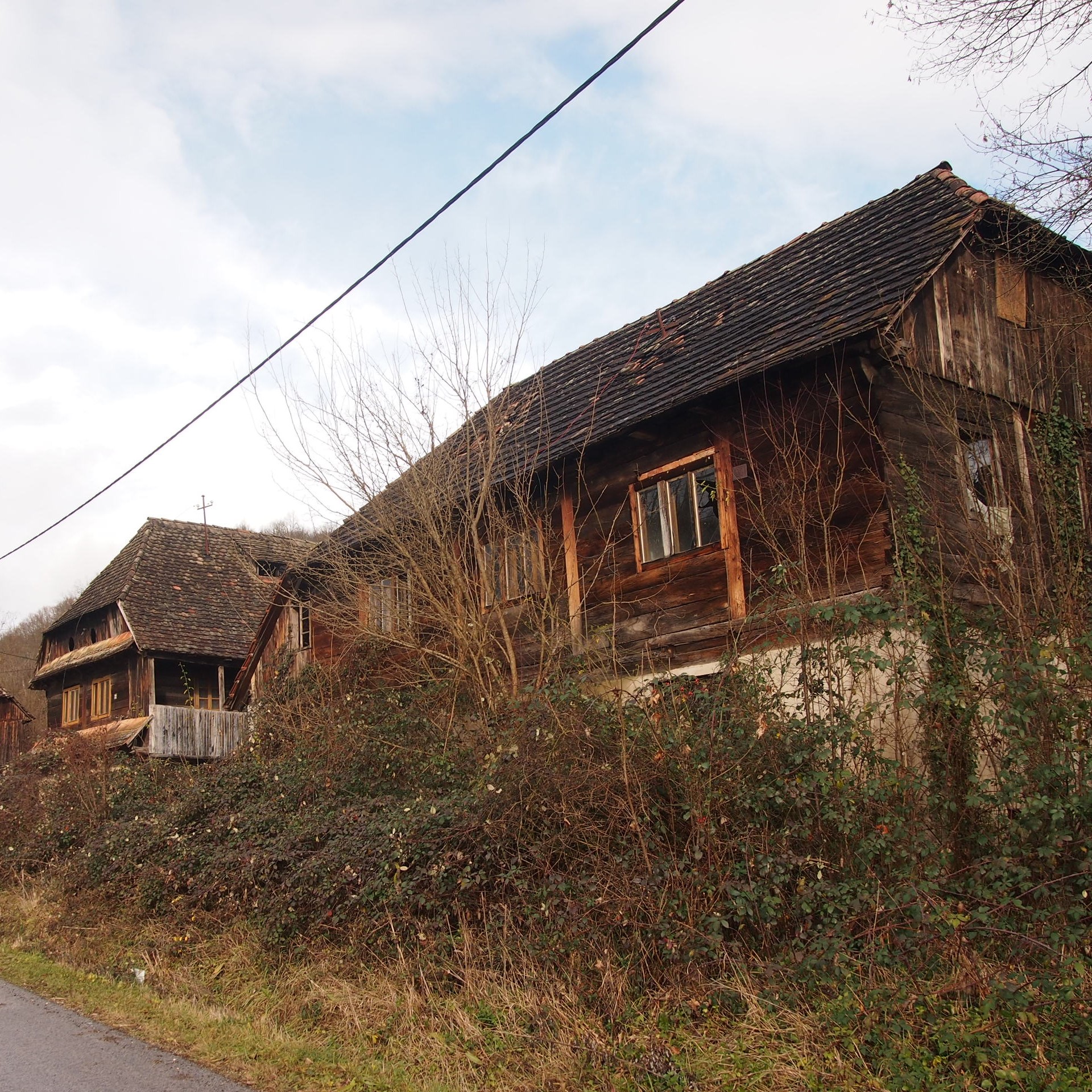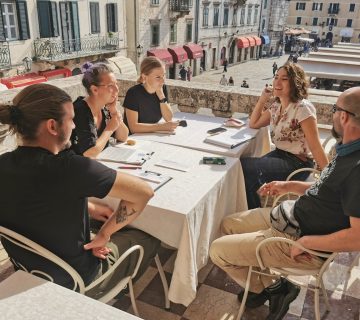Recent earthquakes in central Croatia have drawn attention to valuable wooden architecture that has proven resilient to earthquakes.
Traditional wooden architecture is characteristic for the wider area of central Croatia. However, the largest concentration of the most valuable wooden architecture is located in the micro-regions of Banovina/Banija, Pokuplje, Turopolje and Posavina. Here the local oak or chestnut wood is used for building a variety of buildings, such as residential buildings, buildings for housing animals (barns, piggeries, chicken coops), buildings for storing cereals and animal feed, mills and religious buildings – chapels.
These wooden buildings were mostly built in the second half of the 19th and through the first half of the 20th century, and rarely, in the first half of the 19th or in the 18th century. A number of buildings have been destroyed over time due to deterioration of materials, fires, abandonment of certain buildings, war activities, etc. Also, a number of buildings have been altered thanks to the possibility of dismantling and moving. Situations like this occurred when families moved or when they split up. For example, a large wooden house for a cooperative family could be ‘converted’ into two smaller houses, in order to provide new married couples with living space. This is a great example of how people have adapted to changes in family and housing needs.
Traditional architecture is always the result and reflection of a specific mix of local natural features (climate, terrain configuration, and natural resources), human activities and human knowledge, skills and abilities. Thus, traditional architecture is unique and unreplicable. Every building, garden and village settlement can teach us a lot about the way of life in the area. Also, in villages and architecture we recognise the connection and coexistence of man and nature.
Local natural materials were used in the construction, and the activities that people were engaged in – livestock, farming, fruit growing – contributed to the sustainable use of resources and the preservation of the natural environment, as well as the existence of cultivated areas such as flower beds, vegetable gardens, orchards, vineyards, arable land and pastures.
Unique values and specifics of space, architecture and ambience in the regions of Banovina/Banija, Pokuplje, Turopolje and Posavina deserve our attention. Today wooden buildings are used for housing but are also being converted into office spaces, exhibition spaces or tourist accommodation.
Recent earthquakes and epidemics encourage us to rethink the way we live and the quality of our lives, as well as the (dis)advantages of rural and urban areas. Wooden buildings have responded well to earthquakes and have once again proven the incredible value of the knowledge and skills possessed by our ancestors, which we insufficiently acknowledge and use.
Sanja Lončar is an art historian and ethnologist working as an Assistant Professor at the University of Zagreb, Croatia. You can get in touch with her at: sloncar@ffzg.hr
To cite this article: Lončar, Sanja (2021) ‘Discovering wooden treasure in the heart of Croatia’. In Interpret Europe Newsletter 1-2021, 30.
Available online: https://interpret-europe.net/wp-content/uploads/2021/03/Newsletter-Spring-2021.pdf




